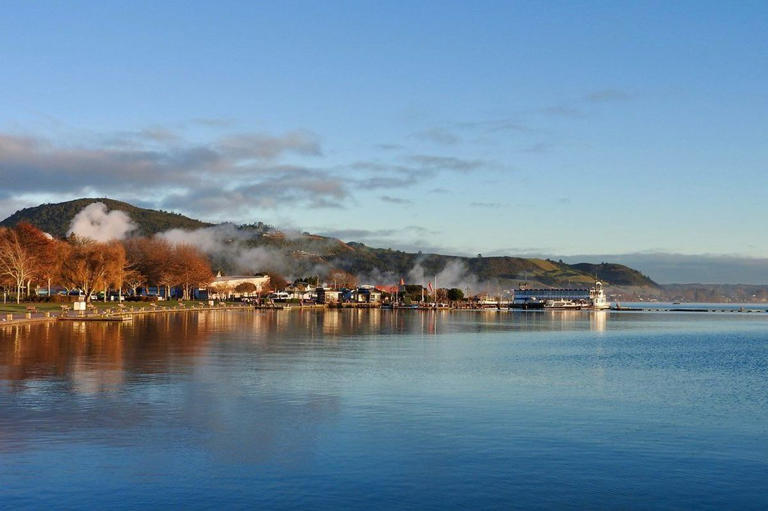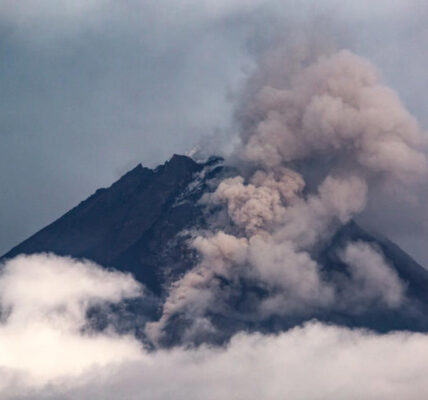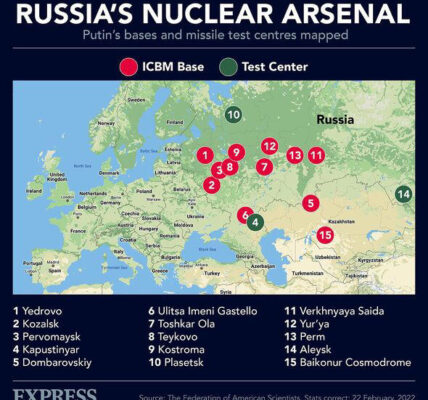Cascadia Earthquake Tsunami Risk could unleash a 1,000-foot mega-tsunami on America’s West Coast, with scientists warning of a major disaster within the next 50 years.

© Getty Images
Cascadia Earthquake Tsunami Risk: A Hidden Threat Looming Over America’s Coast
The Cascadia Earthquake Tsunami Risk is now being taken more seriously than ever. Scientists warn that the quiet fault line off the Pacific Northwest could trigger a disaster of unimaginable scale—a 1,000-foot-tall mega-tsunami capable of wiping out entire coastal communities within minutes. This isn’t just a distant possibility. There’s a real chance it could happen in our lifetime.
What Is the Cascadia Subduction Zone?
At the heart of the Cascadia Earthquake Tsunami Risk is the Cascadia subduction zone. This massive fault line stretches from northern Vancouver Island in Canada down to northern California. Here, two tectonic plates—the Juan de Fuca Plate and the North American Plate—are slowly colliding.
A 1,000-Foot Wall of Water
What makes the Cascadia Earthquake Tsunami Risk so terrifying isn’t just the quake itself—it’s what comes next. A powerful undersea earthquake can instantly displace enormous volumes of water, creating what’s known as a mega-tsunami. These are not like typical tsunamis. Instead of 10- or 20-foot waves, we’re talking about a wall of water up to 1,000 feet high.
Unlike climate-related sea level rise or storms that come with advance notice, a mega-tsunami strikes within minutes of the quake. There’s almost no time to react. That’s why experts are sounding the alarm.
Which Areas Are Most at Risk?
The Cascadia Earthquake Tsunami Risk poses a serious danger to large parts of the United States and beyond. The areas at highest risk include:
-
Northern California
-
Oregon
-
Washington
-
Alaska
-
Hawaii
According to geoscientists, coastal areas could sink by up to 6.5 feet, allowing water to rush in even before the tsunami waves arrive.
Alaska and Hawaii are also at risk due to their own active fault lines and volcanoes. Though farther from Cascadia, these regions could still face strong waves due to how quickly the tsunami spreads through the Pacific Ocean.
A Disaster That Already Happened—In 1700
The last time the Cascadia Earthquake Tsunami Risk became a reality was in the year 1700. Back then, a massive earthquake shook the entire region. There were no written records in the U.S. at the time, but scientists pieced together the event using Native American oral histories, coastal sediments, and even tsunami records from Japan.
Yes, the waves were so strong they reached the other side of the Pacific. That event serves as a warning that this fault has unleashed massive destruction before—and can do it again.
Why This Isn’t Just a “What If” Scenario
Some people may think that this is just fear-mongering. But the Cascadia Earthquake Tsunami Risk is backed by solid science. Geologists have been studying the layers of coastal soil and found evidence of past mega-quakes and tsunamis that occurred at regular intervals—roughly every 300 to 600 years.
Given that the last big one was in 1700, and it’s now 2025, we are right in the danger window.
What a Mega-Tsunami Could Do
If the Cascadia Earthquake Tsunami Risk turns into reality, the destruction would be overwhelming. Imagine waves taller than skyscrapers crashing into the shore, sweeping away buildings, roads, and bridges. Electricity, water, and communication systems would all go down.
Entire communities could be wiped out in minutes, with very little warning. Emergency services would be stretched beyond capacity, and the economic cost could reach into hundreds of billions of dollars.
How Can We Prepare?
The good news is that we can take steps to reduce the impact of the Cascadia Earthquake Tsunami Risk. It starts with awareness and preparation:
-
Early warning systems must be improved and maintained.
-
Public education campaigns can help people understand what to do when an earthquake strikes.
-
Stronger building codes are essential for new construction in high-risk zones.
It’s not about stopping the quake or the tsunami—because we can’t. But we can reduce the loss of life and make recovery faster and more effective.
Why We Can’t Ignore the Risk
The Cascadia Earthquake Tsunami Risk might not make daily headlines, but that doesn’t mean it’s any less real. Unlike other disasters like hurricanes or wildfires, this threat could happen without warning and affect millions of people across multiple states.
Final Thoughts
The Cascadia Earthquake Tsunami Risk is a silent, sleeping giant beneath America’s Pacific coast. When it awakens, it could cause one of the worst natural disasters in modern history. The 1,000-foot mega-tsunami scenario may sound like something from a disaster movie, but it’s rooted in scientific evidence and historical precedent.
We can’t afford to be caught off guard. Awareness, planning, and investment in preparedness are the best tools we have to protect our communities from this looming threat.
Related:
Bardarbunga Earthquake Swarm: 5 Alarming Threats You Can’t Ignore



